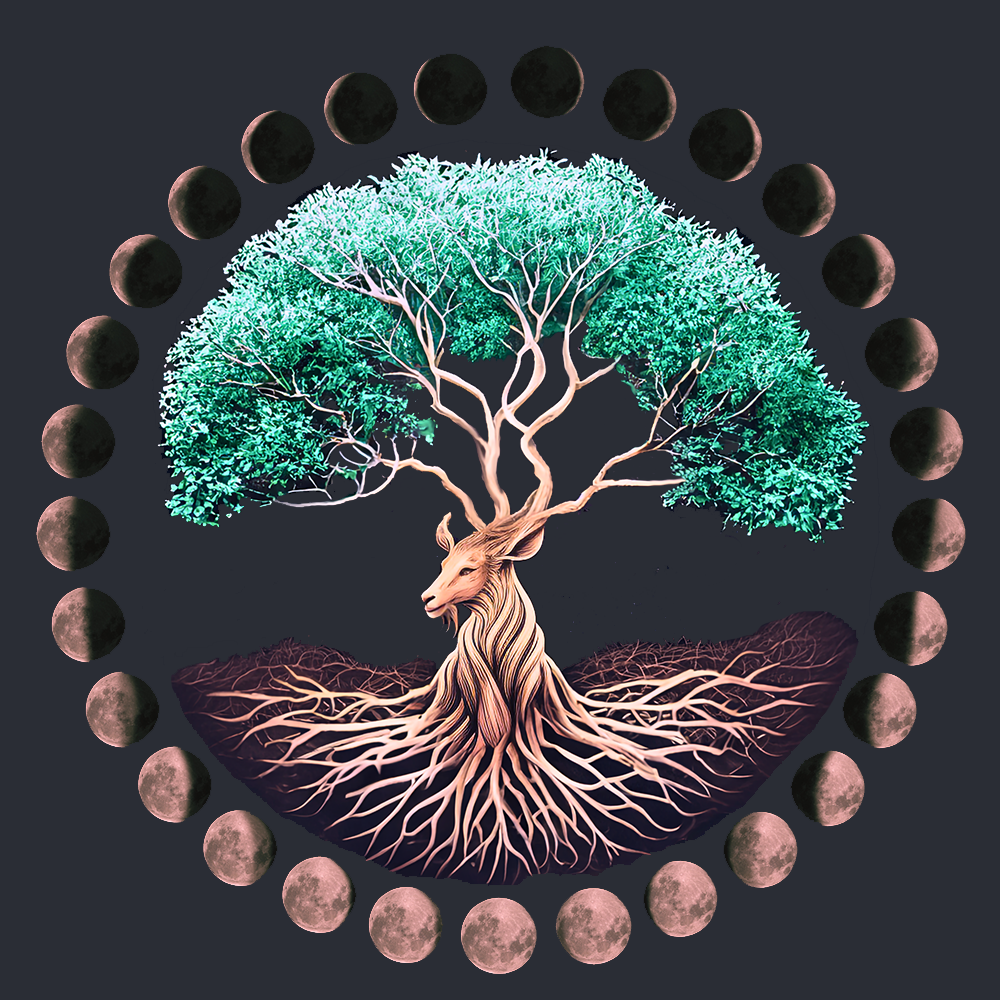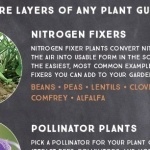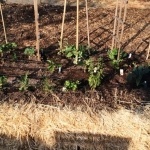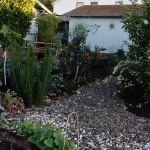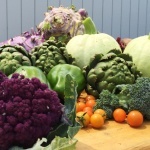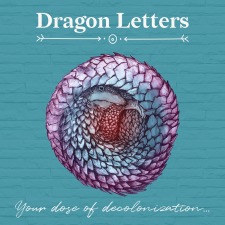Stack functions in your garden for beautiful, natural dye plants that provide food for the bees!
Watching the transformation of our homestead over the past year really has been a treat. When we first installed the hugelkultur bed and started planting, we were mostly growing food for the kitchen and pantry and some bee forage. Nearly two years later, we’ve shifted to a bee-first attitude at least 50% of the property planted with bee forage and natural dye plants. Taking care of our pollinators and others’ is a central purpose for us these days.
[fusion_builder_container hundred_percent=”yes” overflow=”visible”][fusion_builder_row][fusion_builder_column type=”1_1″ background_position=”left top” background_color=”” border_size=”” border_color=”” border_style=”solid” spacing=”yes” background_image=”” background_repeat=”no-repeat” padding=”” margin_top=”0px” margin_bottom=”0px” class=”” id=”” animation_type=”” animation_speed=”0.3″ animation_direction=”left” hide_on_mobile=”no” center_content=”no” min_height=”none”]
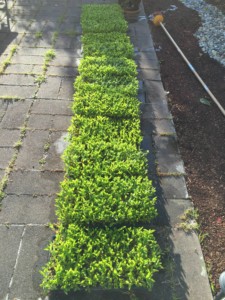
The most recent experiment we’re trying out is to see how well we can farm 4500 indigo plants we’ve planted at 8th & Bee this Summer. Indigo has been prized for centuries for its scrumptious blue hue (along with its cousin on the color wheel, Woad), and is seeing a resurgent use among artisan dyers and textile fanatics.
Earlier this year, Tiffany completed a 100-day compost of dried indigo with a collective of folks working down in Marin county — to evaluate the economic viability of growing it and selling the composted, fermented dye. It’s part of the growing fibershed movement in the North Bay to produce sustainable, locally crafted textiles and garments (curious about the fibershed movement? Read more here).
The experience inspired us to test how well we could grow indigo in a small space, around our homestead. Enter the 12 flats of young indigo Tiffany bought from the collective. We’ll hopefully harvest and process enough for a 55 gallon dye vat, and we’re stacking functions because the bees love the indigo flowers.
In true permaculture function stacking spirit, we have planted a number of other natural dye plants that are beloved by our bees for food and will eventually provide us with a rainbow of dye sources. Here’s what we’re experimenting with at the homestead right now:

Coneflower
Up to 3’H, 18″W
Plant 12″ Apart
Full / Part Sun
Use Flowers; Brown, Green, and Purple dyes
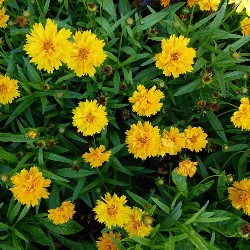
Coreopsis
10-18”H, 12-24”W
Plant 2-3’ apart
Full Sun
Use flowers; Orange, yellow, brown dyes

Dahlia
4-5’H
Plant 2-3’ apart, depending on flower size
Full sun
Use flowers; Dye colors vary
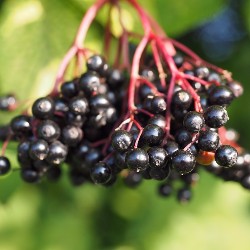
Elderberry
Up to 10-12’H and 6-8’W
Plant approx 10’ apart
Full sun to partial shade
Use berries and stems; Purple dye
Use leaves for yellow-green dye

Fennel
Up to 8’H x 18”W
Plant 12” apart
Full sun to partial shade
Use leaves and stems; Green dye
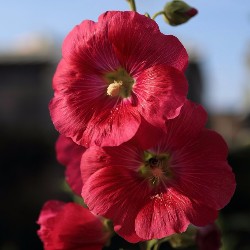
Hollyhock
Up to 6’H x 3’W
Plant 18-36” apart
Full sun to partial shade
Use flower; Dye colors vary
There’s also these bee-friendly natural dye plants that you can try out in your garden or landscape
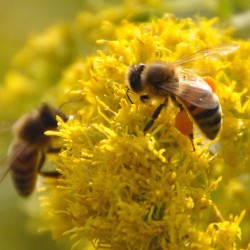
Goldenrod
Up to 4’H x 30”W
Plant 12” Apart
Full sun to partial shade
Use flowers; Gold dye
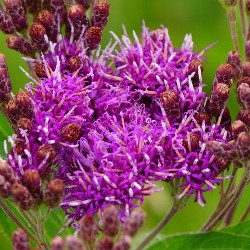
Ironweed
Up to 6’H
Plant 12-24” apart
Full sun
Use flowers; Green and yellow dyes
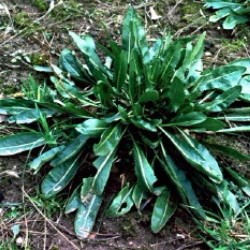
Woad
Up to 4’H
Full Sun
*Avoid planting near brassicas
Use leaves; Blue dye
Looking for expert advice on harvesting and using your dye plants? We wholeheartedly recommend the awesome Rebecca Burgess’s book, Harvesting Color: How to Find Plants and Make Natural Dyes. Happy planting!
[/fusion_builder_column][/fusion_builder_row][/fusion_builder_container]
